Hollywood by Hollywood

Oxford University Press is a department of the University of Oxford. It furthers the Universitys objective of excellence research, scholarship, and education by publishing worldwide. Oxford is a registered trade mark of Oxford University Press in the UK and in certain other countries.
Published in the United States of America by Oxford University Press 198 Madison Avenue, New York, NY 10016, United States of America.
Oxford University Press 2019
All rights reserved. No part of this publication may be reproduced, stored in a retrieval system, or transmitted, in any form or by any means, without the prior permission in writing of Oxford University Press, or as expressly permitted by law, by license, or under terms agreed with the appropriate reproduction rights organization. Inquiries concerning reproduction outside the scope of the above should be sent to the Rights Department, Oxford University Press, at the address above.
You must not circulate this work in any other form and you must impose this same condition on any acquirer.
Library of Congress Cataloging-in-Publication Data
Names: Cohan, Steven, 1948 author.
Title: Hollywood by Hollywood : the backstudio picture and the mystique of making movies / Steven Cohan.
Description: New York : Oxford University Press, [2019] | Includes bibliographical references and index.
Identifiers: LCCN 2018005300 (print) | LCCN 2018007709 (ebook) | ISBN 9780190865795 (updf) | ISBN 9780190865801 (epub) | ISBN 9780190865771 (pbk. : alk. paper) | ISBN 9780190865788 (cloth : alk. paper)
Subjects: LCSH: Motion picture industry in motion pictures. | Hollywood (Los Angeles, Calif.)In motion pictures. | Motion picturesUnited StatesHistory.
Classification: LCC PN1995.9.M65 (ebook) | LCC PN1995.9.M65 C64 2019 (print) | DDC 791.4309794/93dc23
LC record available at https://lccn.loc.gov/2018005300
9 8 7 6 5 4 3 2 1
Printed by Sheridan Books, Inc.
United States of America
For my sister and in memory of our mother
Contents
I presented portions of this book at several conferences of the Society of Cinema and Media Studies as well as at conferences organized by Console-ing Passions, the Modern Languages Association, and the Modernism/Modern Studies Association. In addition, I presented excerpts about A Star Is Born at the Cultural Studies Now! symposium hosted by the University of Pittsburgh in honor of Jane Feuer and at the Classical Hollywood Studies in the 21st Century conference at Wilfred Laurier University. I discussed the films trailer on In Media Res. As valuable to this books gestation, an invitation to speak at the University of Kentucky in 2010 gave me my first opportunity to think about films about Hollywood, and some of that early material has remained in my mind and in the book these many years later. I wish to take this opportunity to thank the organizers of these events for giving me these occasions at which I was able to try out my ideas about the backstudio picture.
Numerous friends and colleagues also shared their insights and provided helpful feedback (or just their friendship and support) during the long process of writing. I wish to thank Julie Abraham, Sarah Barkin, Harry Benshoff, Michael DeAngelis, Lindsey Decker, Mary Desjardins, Steven Doles, Mike Dwyer, Mike Goode, Sean Griffin, Julie Grossman, Karen Hall, Chris Hanson, Ina Hark, Nicola Jones, Coran Klaver, Barbara Klinger, Amy Lang, David Lugowski, Erin Mackie, Neepa Majumber, Adrienne McLean, Jolynn Parker, Andrea Scheibel, Linda Shires, Gohar Siddiqui, Jill Simpson, Staci Stutsman, T. J. West, and Pamela Wojcik. A special shout-out to Roger Hallas, Matt Fee, and Will Scheibel, who were always ready to talk Hollywood with me; our conversations over the years were of great value to this project from beginning to end. Merrill Schleier, Karen McNally, and Alan Nadel read all or parts of the book manuscript and provided very helpful comments. My work and Alans often cover similar ground, and I have benefited from his comments or questions at various stages of this books composition. Josh Stenger provided some invaluable source material and good advice as I began. Samantha Hake pointed out to me how Barton Fink is legible as a blacklist film. Eric Hoyt found material for me in the Lantern at the Media History Digital Library. I also dont want to forget Scotty Nicolini, Sarah Parsons, Mark Strodel, Vanessa Watts, and my friends at the dog park. Let me thank as well Norm Hirschy, my editor at Oxford University Press, whose excitement about this project never waned; and the people at the press who saw the book through productionLauralee Yeary, Judith Hoover, Celine Aenlle-Rocha, and, of course, Joellyn Ausanka. I should not forget the anonymous reviewers whose comments helped me to see more clearly what I have accomplished here.
Finally, I wish to thank the undergraduate students in the two versions of the course based on this book: your enthusiastic responses to the films were infectious and, in many instances, prompted me to linger on some in ways I had not anticipated, just as I know that your lively discussions in class remained in my mind afterward as I wrote certain sections. If you read this book you know who you are.
A portion of .
www.oup.com/us/hollywoodbyhollywood
Oxford University Press has created a website to accompany Hollywood by Hollywood: The Backstudio Picture and the Mystique of Making Movies. In addition to the illustrations included in the book, on the website there are more than two hundred additional frame captures and twenty short film clips; these are indicated by the symbol  in the text.
in the text.
Hollywood by Hollywood
In 1937 the New York Times critic (and future Oscar-nominated screenwriter) Frank Nugent wrote a column about the surprising number of back-studio pictures which have been dashing down the Times Square pike in the last few months. Although Nugent acknowledged that the cycle did have its antecedents, he believed that William Wellmans A Star Is Born (1937), still considered the quintessential backstudio picture, is commonly supposed to have started things. Where the process will end, for the cycle apparently is just beginning, no onethis round-eyed corner least of allcan predict with any assurance (Nugent ).
Today the end point of backstudio pictures is as unpredictable as it seemed in 1937. The prospect of making a movie about making movies has apparently fascinated some of Hollywoods most respected directors: King Vidors Show People (1928), George Cukors What Price Hollywood? (1933) and the remake of A Star Is Born (1954), Preston Sturgess Sullivans Travels (1941), Nicholas Rays In a Lonely Place (1950), Billy Wilders Sunset Boulevard (1950) and Fedora (1978), Vincente Minnellis The Bad and the Beautiful (1952) and Two Weeks in Another Town (1962), Gene Kelly and Stanley Donens Singin in the Rain (1952), Joseph L. Mankiewiczs The Barefoot Contessa (1954), Robert Aldrichs The Big Knife (1955), What Ever Happened to Baby Jane? (1962), and The Legend of Lylah Clare (1968), Elia Kazans The Last Tycoon


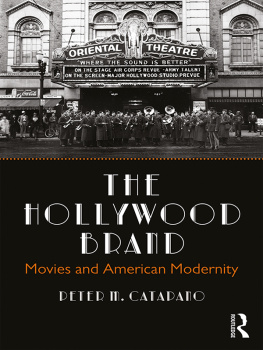
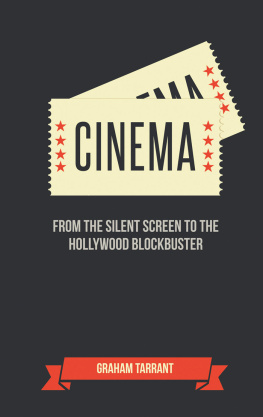
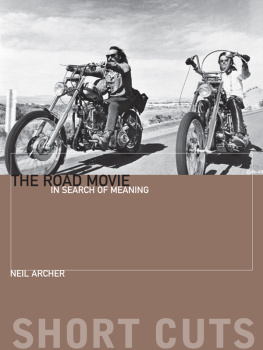

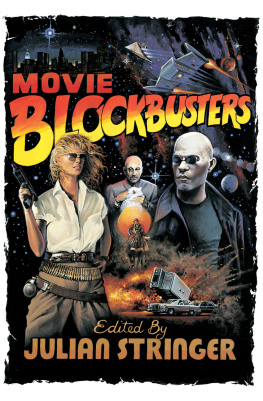
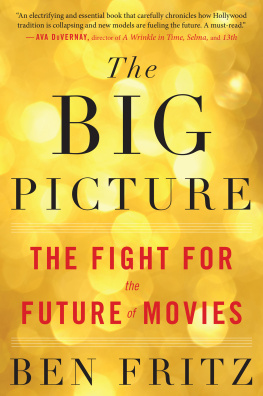
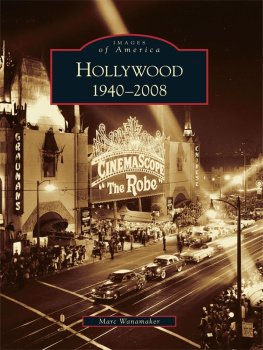
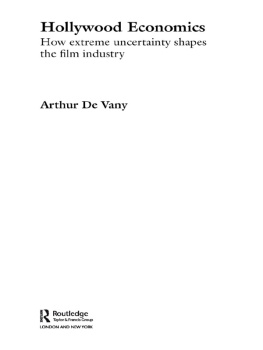


 in the text.
in the text.